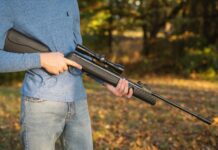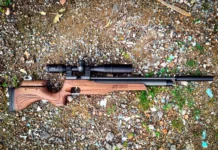We all know AR-type rifles have a military background. We know they’re also referred to as “Assault Rifles.” Now that the elephant is out of the room let’s move on to look at why the Daniel Defense Ambush Series should have a spot in your lineup this fall.
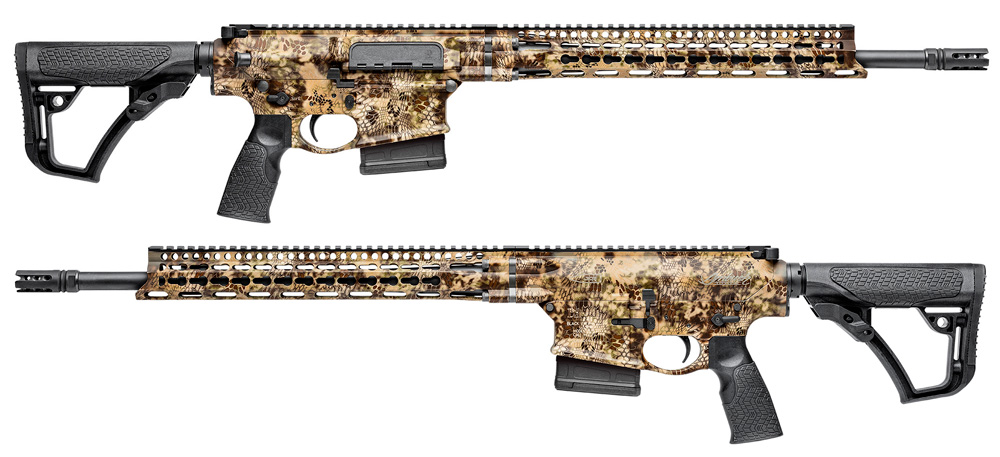
But first, why in God’s name would someone choose an AR for hunting?
AR rifles bring a lot to the table for hunters. For starters, the overall construction of the AR is metal (where it counts) so there’s nothing to swell or crack, and there won’t be a shift in harmonics between hot or cold weather. This design also makes the rifle relatively impervious to water—perfect for a nasty forecast. The stock can be quickly adjusted, accommodating the big and tall or smaller framed shooter such as a lady or youth hunter. With a flat-top design there’s loads of real estate for optics and eye relief so the rifle can literally grow with a developing shooter. Lastly, they’re very quick-handling allowing for fast follow-up shots. So how does the Daniel Defense Ambush rate as a purpose-built hunting rifle?
The Ambush model I received is the .308 variant. The initial stand-out was the bulk of the rifle (aka upper & lower), was hydro-dipped in Kryptek camo, one of my favorite and most versatile patterns. As soon as I picked up the rifle, I realized I wouldn’t need to worry about variations in terrain because I wouldn’t carry this gun far enough for there to be any real changes in environment. At 11 lbs. with optic you’ll realize you don’t want to take the Ambush for a long walk. Weight isn’t always a bad thing for hunting though and, when I’m on a still hunt, I actually prefer a heavier rifle. A hefty but good-shooting rig is great in a deer stand or in a coyote hide, and I knew the Ambush would shine on a predator hunt if it was accurate. Dry-firing showed off the trigger, sourced from the best, Geissele. The weight of the trigger wasn’t super light but the break was very clean and I was confident it would aid in the rifle’s accuracy.
To test the rifle I first mounted my Spartan Precision Javelin bipod. In the past I’ve used this bipod with great accuracy results, and I relied on it recently in Africa for it’s added stability and fast removal in the field. Next, I added my suppressor, mimicking my ideal coyote setup. So how did the Ambush perform on the range?
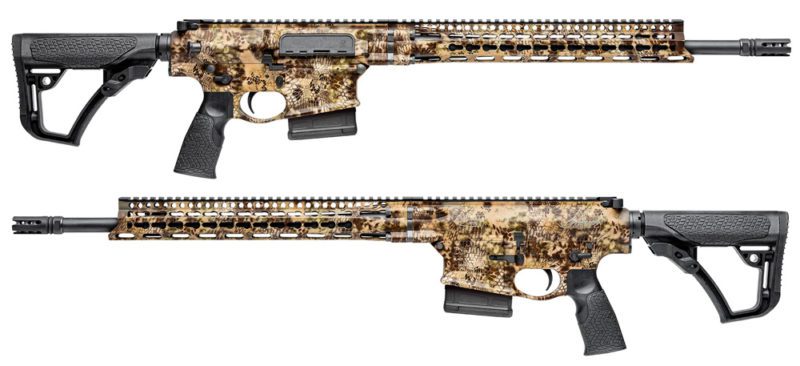
I was a bit surprised by how accurate the Ambush is with factory ammo. With the 155 gr. Hornady ELD Match ammo my first two 100 yd groups measured .792” and .872”. This is good accuracy for ANY rifle, but in a semi-auto capable of rapid-repeat shots this is downright impressive. The Hornady ELD-X Precision Hunter averaged nearly a one inch grouping. Another point worth mentioning is the rifle’s extremely mild recoil. The rifle’s weight and gas operation tame what would be a snappy cartridge into something I’d let my 8 year old shoot. On the range this is one of those rifles you just won’t want to stop shooting, and with the .308’s availability of cheap surplus ammo you can have a high volume range session without breaking the bank.
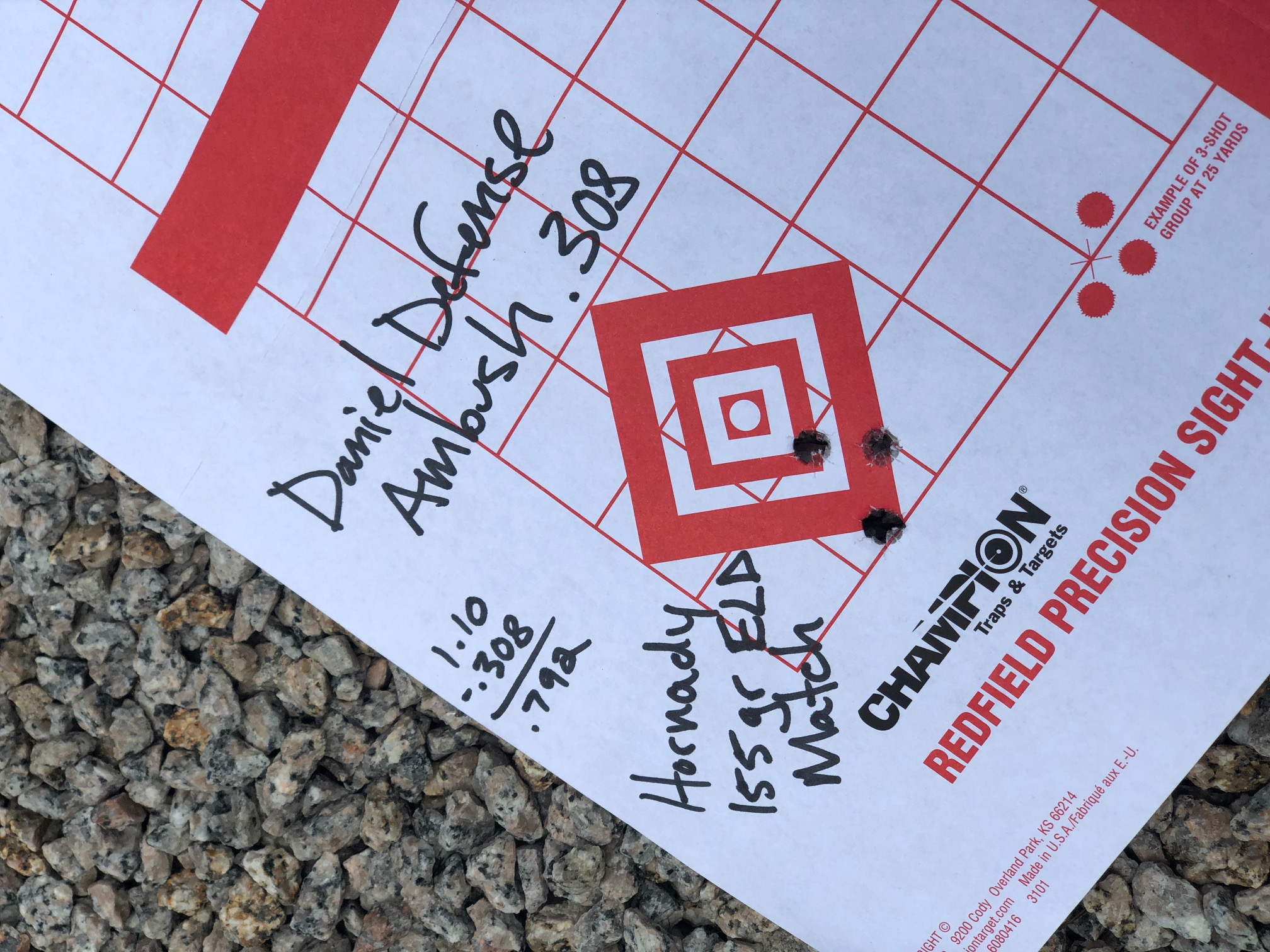
In summary, this AR is a worthy hunting rifle. As a deer rifle the Ambush is a great option for hunting from a stand or from a ground blind. As a predator rifle, a good shooter should have no problem putting multiple coyotes on the ground out to 500 yds. At moderate to intermediate distances paired coyotes often run for a short clip and then stop to look back in the direction of the shot when a hunter sends a round down range. With the Ambush, you should have the first dog on the ground and another pill on the way for the second guy when he stops to look back at his fate.





